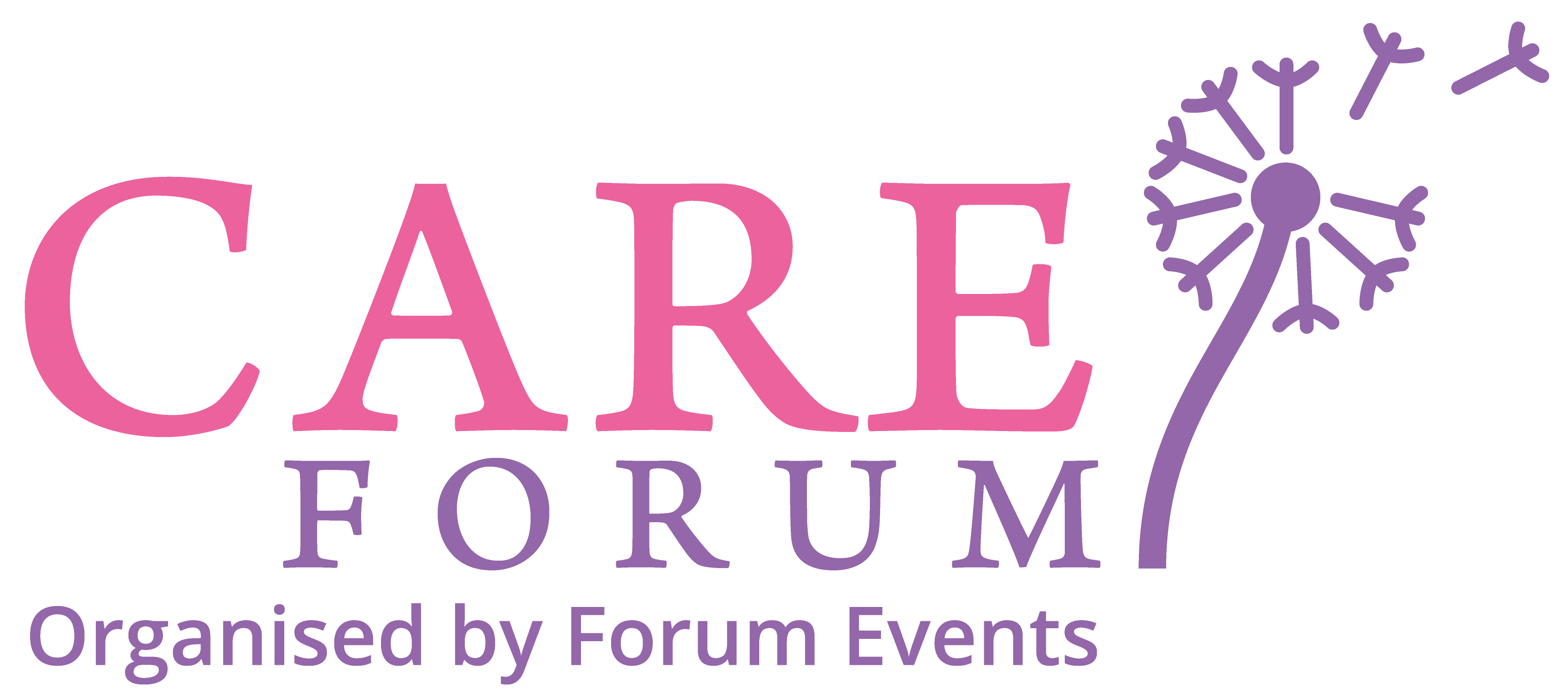By Chris McCullough, former A&E physician at St Mary’s Hospital London and co-founder of Rotageek
It’s no secret that the frontline of the NHS is under enormous pressure. Resources are stretched, backlogs from the pandemic are vast and many medical professionals are questioning their future careers. It’s essential, therefore, that hospitals are able to manage their time efficiently and effectively.
To prepare nursing schedules, resource planners are in general able to work from a single roster, responding to demand and ensuring that the right number of nurses are available for patients according to acuity levels. For doctors, however, it’s a different story. Planners must contend with a multitude of different systems, often working from a separate roster for each discipline, from surgeons and oncologists to radiologists and anaesthetists. It’s a system that is still largely based on old technology and it is fundamentally broken.
This is going to hurt
During my time as a physician, I witnessed first-hand the complexities of scheduling doctors for work and bringing together the right combination – from different Trust locations, doctor specialisms and levels of seniority. It is a thankless, time-consuming task. Without a centralised solution, many hospitals rely on a mishmash of spreadsheets and different systems, none of which talk to each other. And once the Herculean task of building a roster is complete, altering it is even more painful. There were times when I’d check the schedule pinned to the back of the door and find that someone had crossed off my day shift and moved it to a night shift. I wouldn’t know who was responsible and there was little I could do about it.
If we are to stem the loss of doctors from the NHS, well managed rostering has an important part to play. And the technology we need is already available.
A roster with a view
Firstly, we need to implement rostering systems that are integrated and transparent, so that everyone can see what’s happening. Not only will this give clarity to resource managers, but it will also help doctors to plan their lives in advance, so that they can see immediately if they are added to a roster, and they are alerted when any changes are made.
Secondly, rosters have to be flexible. If a doctor needs to attend a wedding or a funeral, for example, any system must be able to allow for a swap with a colleague or a leave request.
Both of these attributes are easily achievable with a new breed of rostering systems based on AI technology. Innovation in IT for healthcare increased significantly during the pandemic, and the ability of new technologies to process complex information at lightning speeds means that comprehensive schedules can now be produced in a matter of minutes.
Advanced rostering solutions work by collating schedules from different healthcare groups, providing a unified system for resource managers which can be viewed, amended and used for planning. Rosters will update in real-time, providing accurate forecasts of staffing requirements based on current patient demand. A mobile app places rostering information with doctors, encouraging engagement by allowing them to view a schedule at any time – and from any place – and to request scheduling alterations or leave as required.
A shot in the arm
Fixing the rostering problem is a crucial step on the road to digitisation for the NHS. It will remove a swathe of frustrations from both administrators and frontline medical staff simply by streamlining the planning process. With the right technology in place, resource managers can be equipped to manage a complex and diverse workforce across hundreds of locations, saving hours of manual planning and ensuring that the right doctors are in the right place at the right time.
Doctors themselves will be relieved of a major source of stress and at last be able to make plans in their own lives, something that can only help the effort to retain their services within the NHS.
And finally, an optimised and well-organised team means better care for patients and improved outcomes.
We have the technology to revolutionise doctor rostering – it’s time to set aside the spreadsheets and give healthcare managers the tools they need.






